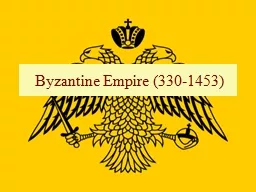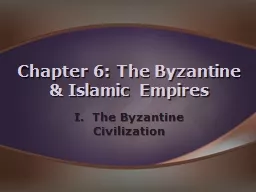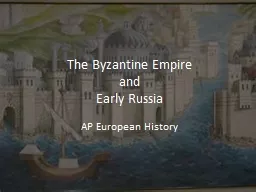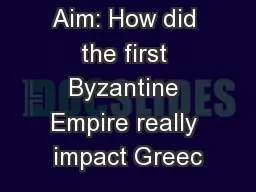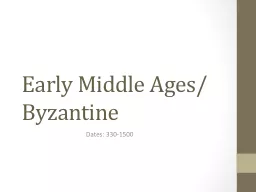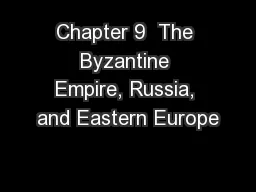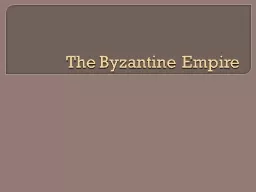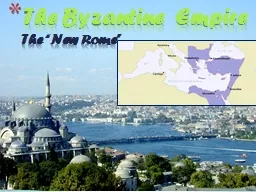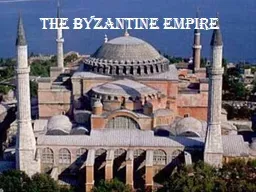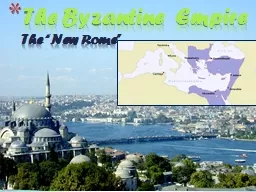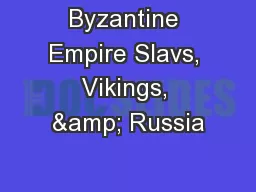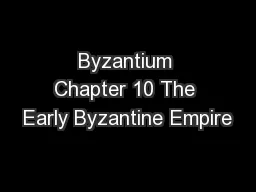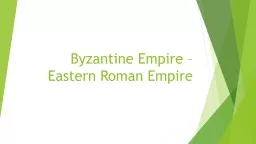PPT-Byzantine Empire (330-1453)
Author : marina-yarberry | Published Date : 2018-10-22
Definition Byzantine this term is a modern invention The Byzantines called themselves either Romans or Greeks Invented by the classical scholar Hieronymus Wolf
Presentation Embed Code
Download Presentation
Download Presentation The PPT/PDF document "Byzantine Empire (330-1453)" is the property of its rightful owner. Permission is granted to download and print the materials on this website for personal, non-commercial use only, and to display it on your personal computer provided you do not modify the materials and that you retain all copyright notices contained in the materials. By downloading content from our website, you accept the terms of this agreement.
Byzantine Empire (330-1453): Transcript
Download Rules Of Document
"Byzantine Empire (330-1453)"The content belongs to its owner. You may download and print it for personal use, without modification, and keep all copyright notices. By downloading, you agree to these terms.
Related Documents

